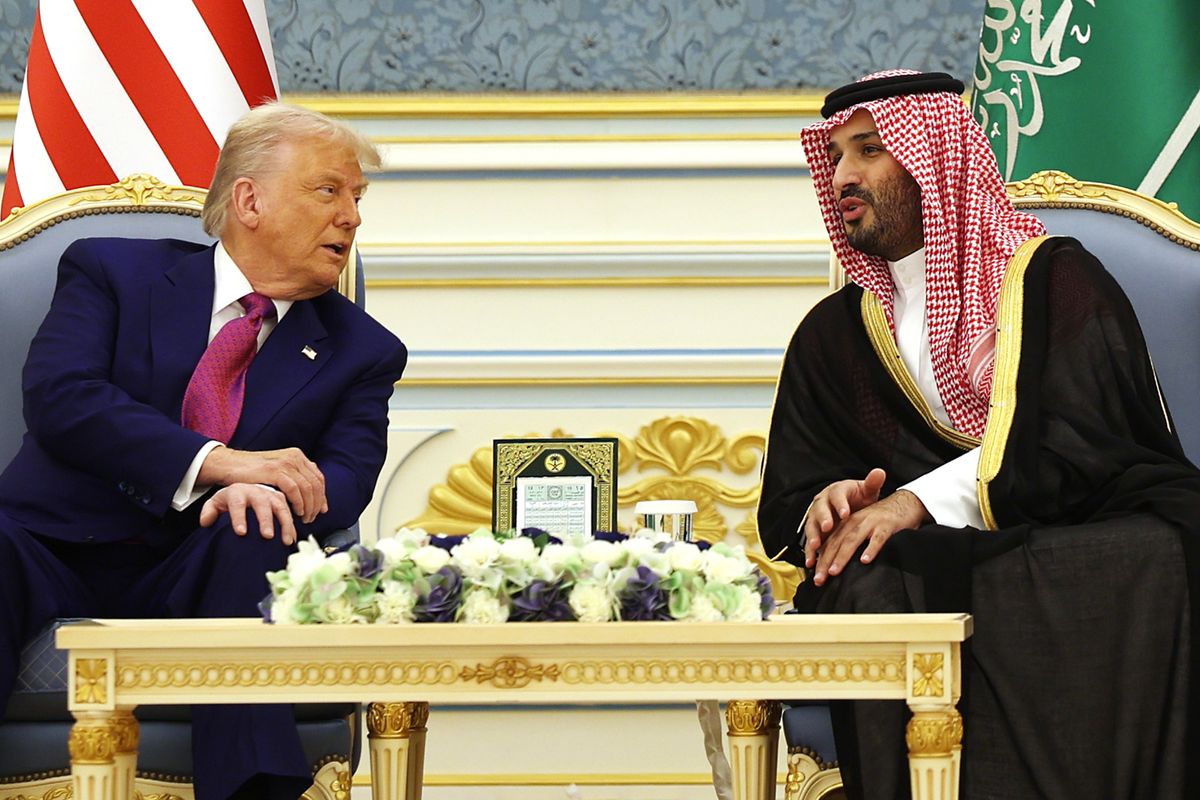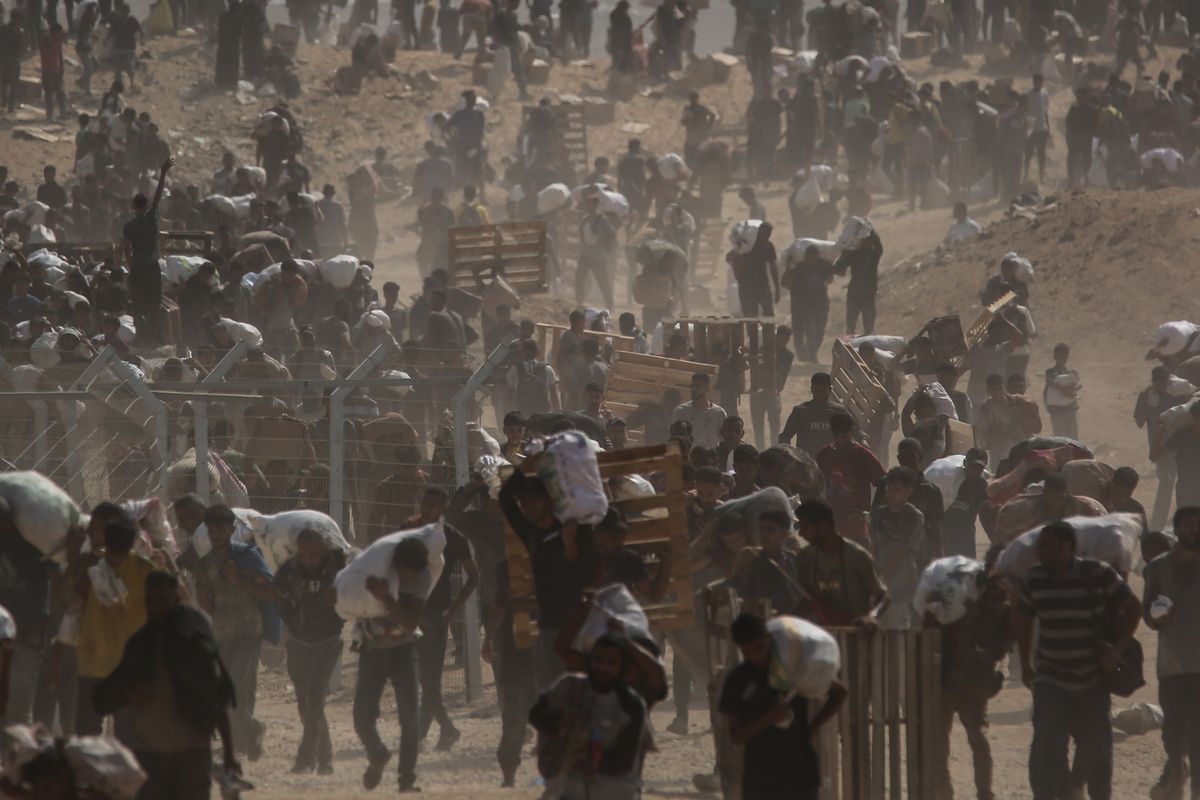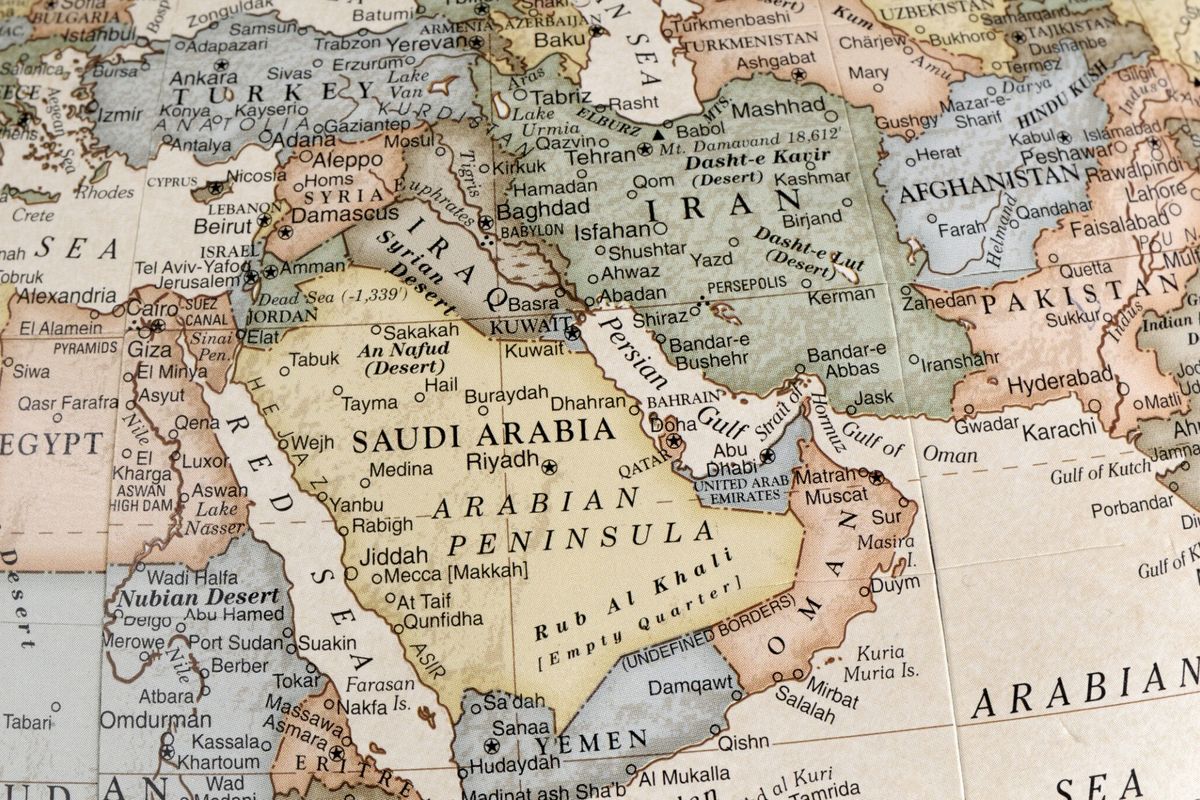It is difficult to imagine the turmoil that the House of Saud must have been enduring since the price of oil began its precipitous and deep decline in the latter half of 2014. Since then, not only has the value of the Kingdom’s precious and only significant natural resource declined to levels less than half of what it was a year ago, but its role as the world’s swing producer of oil has been effectively usurped by the United States and its resource revolution. Moreover, to add insult to injury, Saudi Arabia faces unprecedented challenges from its rival for supremacy in the Muslim world, Iran; and its putative ally, the United States, is seemingly about to further empower Iran to continue to make significant mischief in the region.
The death of King Abdullah in January only made matters worse, at least in the short run. The new King, Salman, must have sensed the need for an overhaul. Almost immediately after assuming the throne, he took the drastic and virtually unprecedented step of altering the pattern of succession to the throne and reassigning responsibilities for domestic and foreign security. These actions tell us King Salman is convinced things have to change if the Saudis are to restore their role in the region and in the world oil markets. The steps he took were not just for the sake of change. He clearly perceived an existential threat the way events were headed and concluded he had to take action to restore competency to the government and to send a message to the world.
What led to these actions? I would suggest it was a “business as usual” mindset and the mistakes in judgment that follow from such an approach to decision making that put the Kingdom in a very difficult economic position. In sum, the decision makers failed to understand the difference between risk and uncertainty. The ability to distinguish between these two is critical. Failure to do so results in mistakes in judgment, and when the stakes are as high as they are in this instance, the impacts are profound and far reaching.
In the early 1920’s, Frank Knight, a US economist, wrote a paper on this subject noting that risk can be analyzed mathematically and as such is quantifiable, whereas uncertainty represents that which is unknowable. In any decision making circumstance, it is critical to know and appreciate the difference and adjust the process accordingly. As oil prices began to decline in late 2014, the Saudis decided not to curb production and to use this tactic as a way to regain, even expand, their market share. The underlying assumption here must have been that the US producers would respond to lower prices by reducing activity and eventually their production would decline, returning the Saudis to the dominant position of the swing producer in the world market. The Saudis believed their tactic was a risk worth taking, apparently banking on prior behavior of US producers. The error was in not grasping that the nature of the current US production boom was different than any of those before it; it was technology driven. This critical difference moved the key factors from the “risk” column to the “uncertainty” column, that is the US had never had such a revolution in production techniques, and it should have been considered that there was no way to accurately predict its response.
The Saudi’s assumed that the new production and the producers in the US would behave along historical lines, hence the belief that the response could be quantified and the extent and timing of the decline in prices could be accurately predicted. With the knowledge of these elements of the equation, they could reasonably predict how long they would have to maintain full production in order to drive the other producers to reduce theirs and allow the Saudis to regain their dominant position. What they did not realize is that the unconventional oil production in the US is different and so are the companies producing the oil. Continuous improvement in drilling and production techniques are allowing the US producers to generate acceptable returns on their capital at current price levels, which is a major reason why US production has hardly declined at all in 2015, and why the oversupplied condition of the world oil markets has not materially improved. Only recently has OPEC (read Saudi Arabia) admitted that it has had and is still having difficulty in predicting how US producers will behave.
Since the world oil market has never been in this particular situation before, it is uncertain as to where we go from here. It seems reasonable to predict that at some level, albeit likely much lower and farther out on the time axis than the Saudi’s “risk” analysis suggested, US production will begin to decline meaningfully. However, reaching that point will have proven far more costly in terms of lost currency reserves, increased domestic social unrest and heightened regional security risks than was ever imagined when the decision was made to maintain and even increase their production levels.
Failing to appreciate that they were in uncertain territory as opposed to predictable risk territory has cost the Kingdom dearly and forced unprecedented changes within the inner sanctums of its government and in its approach to the world oil markets. The implications for regional security are significant, not to mention for the national security and economic well-being of the US.












